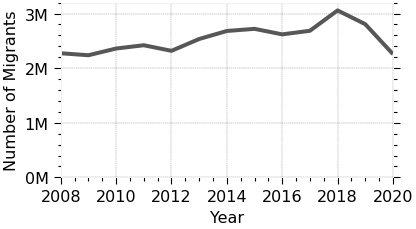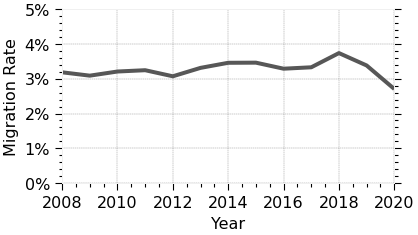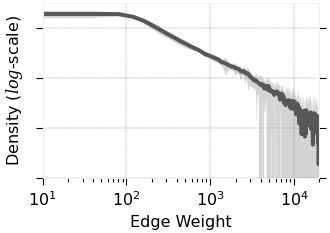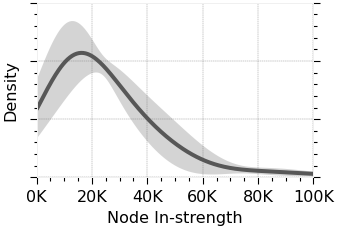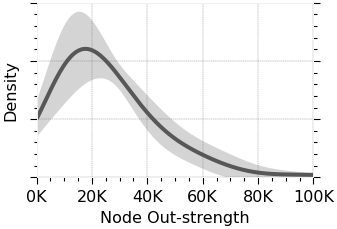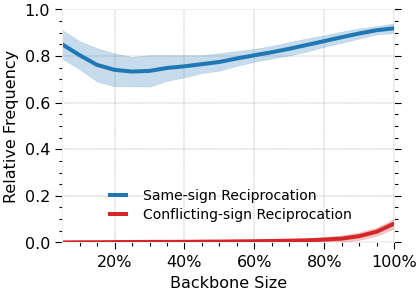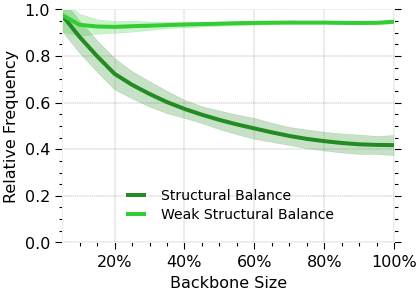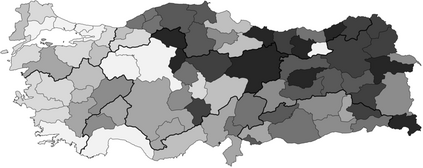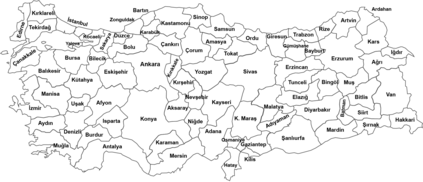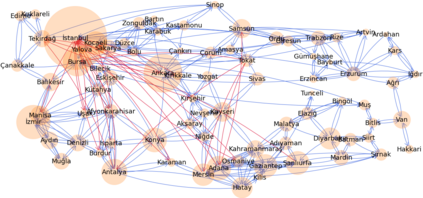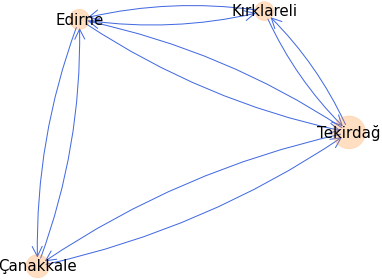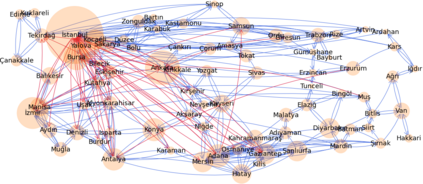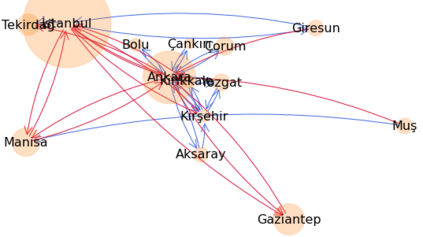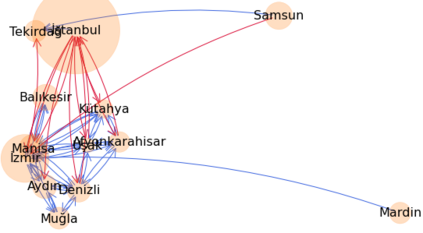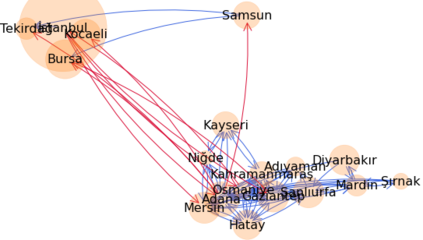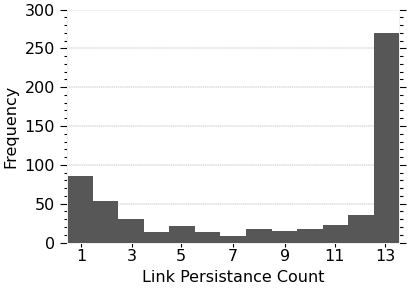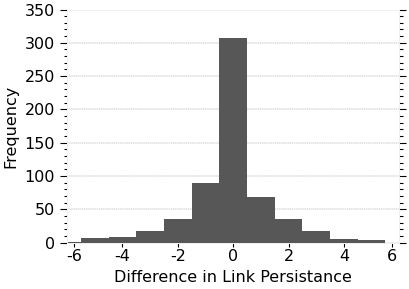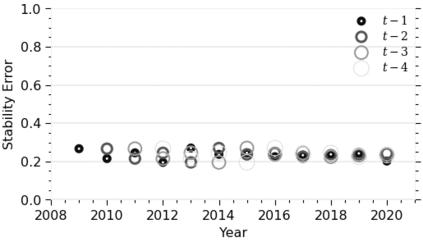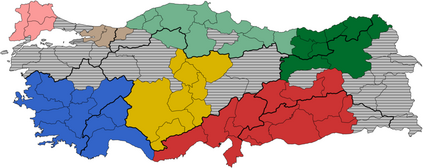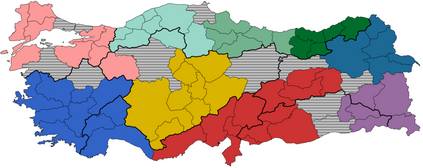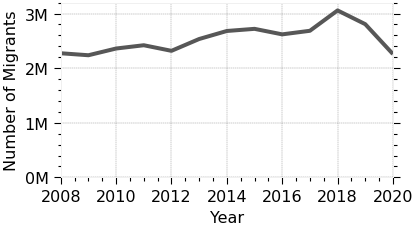Human migration patterns influence the redistribution of population characteristics over the geography and since such distributions are closely related to social and economic outcomes, investigating the structure and dynamics of internal migration plays a crucial role in understanding and designing policies for such systems. We provide an in-depth investigation into the structure and dynamics of the internal migration in Turkey from 2008 to 2020. We identify a set of classical migration laws and examine them via various methods for signed network analysis, ego network analysis, representation learning, temporal stability analysis, community detection, and network visualization. The findings show that, in line with the classical migration laws, most migration links are geographically bounded with several exceptions involving cities with large economic activity, major migration flows are countered with migration flows in the opposite direction, there are well-defined migration routes, and the migration system is generally stable over the investigated period. Apart from these general results, we also provide unique and specific insights into Turkey. Overall, the novel toolset we employ for the first time in the literature allows the investigation of selected migration laws from a complex networks perspective and sheds light on future migration research on different geographies.
翻译:人类移徙模式影响到地理上人口特征的再分配,由于这种分布与社会和经济结果密切相关,调查国内移徙的结构和动态在理解和设计此类制度的政策方面发挥着关键作用。我们深入调查2008年至2020年土耳其境内移徙的结构和动态。我们确定一套经典移徙法,并通过各种签名网络分析、自我网络分析、代表性学习、时间稳定性分析、社区检测和网络可视化方法来审查这些法律。调查结果显示,根据传统的移徙法,大多数移徙联系在地理上相互交织,但涉及大型经济活动城市的若干例外情况除外,主要移徙流动与移徙流动相反,有明确界定的移徙路线,移徙制度在调查所涉期间大体稳定。除了这些一般性结果外,我们还对土耳其提供了独特和具体的见解。总体而言,我们首次在文献中使用的新工具使得能够从复杂的网络角度对选定的移徙法进行调查,并为今后对不同地理地理学的研究提供参考。

